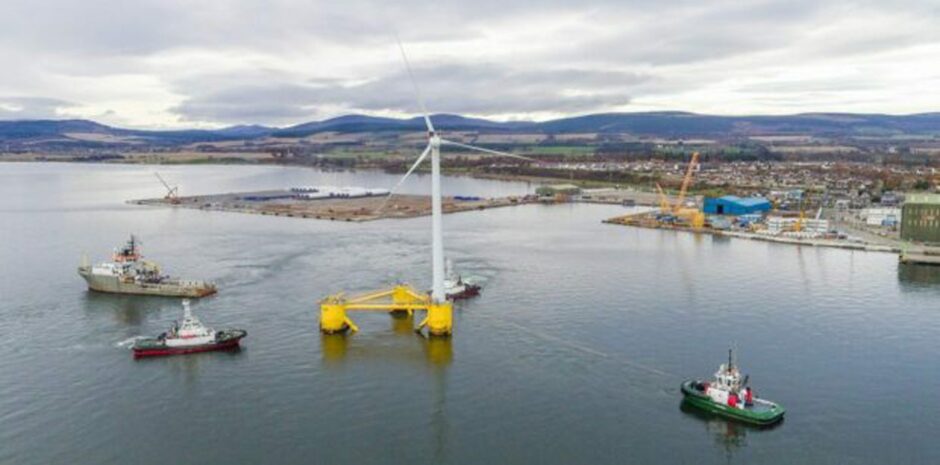
A group of companies consisting of Offshore Renewable Energy (ORE) Catapult, Global Energy Group (GEG) and Apollo have released a study focusing on tow-to-port (T2P) operations for offshore wind turbines.
The study shows that between 10-30 wind turbines per year could potentially be utilising T2P from around 2035-2040 – according to a review of failure data on bottom-fixed turbines.
The information points to a future in which T2P costs could be significant – becoming more expensive than the combined costs of routine operations and maintenance and offshore installation.
The study first began in November 2023 and ended March 2024 – commissioned by ORE Catapult’s Floating Offshore Wind Centre of Excellence to inform supply chain entities and developers on their project financial planning as well as floating array design.
It would also help in dissecting the operational challenges of moving floating offshore wind turbines for maintenance at ports.
Transport and installation engineer at Global Energy Group Hrishikesh Atitkar supported the initiative, remarking that Global Energy was “delighted” to have worked towards optimising operations and management strategies to “ensure the competitiveness and long-term success of floating wind”.
He continued: “As part of the study, we have been able to utilise our expertise from the extensive offshore wind track record developed at the Port of Nigg. Our facility has grown into a renewables superhub, having managed over 3.5GW of offshore wind assets”.
Atitkar highlighted that industrialising floating offshore wind would be key in revolutionising the Scottish energy landscape, and that “enhanced port infrastructure [would be] essential to unlocking this technology”.
Lead naval architect at Apollo Will Brindley said regarding the study that: “Understanding the challenges of T2P early helps developers to make better decisions. T2P cost and frequency can be significantly reduced with better planning to ensure the availability of essential resources at competitive rates”.
So far, the offshore wind sector has had the opportunity to prioritise management, mitigation and planning of T2P to stop the emergence of bottlenecks due to a lack of suitable cranes and vessels.
Brindley continued to note that new technology could also play a role in increasing the efficiency of offshore operations, adding: “Active investment, incentivisation and open collaboration across the floating wind industry are essential to make this a reality.”
Recommended for you
